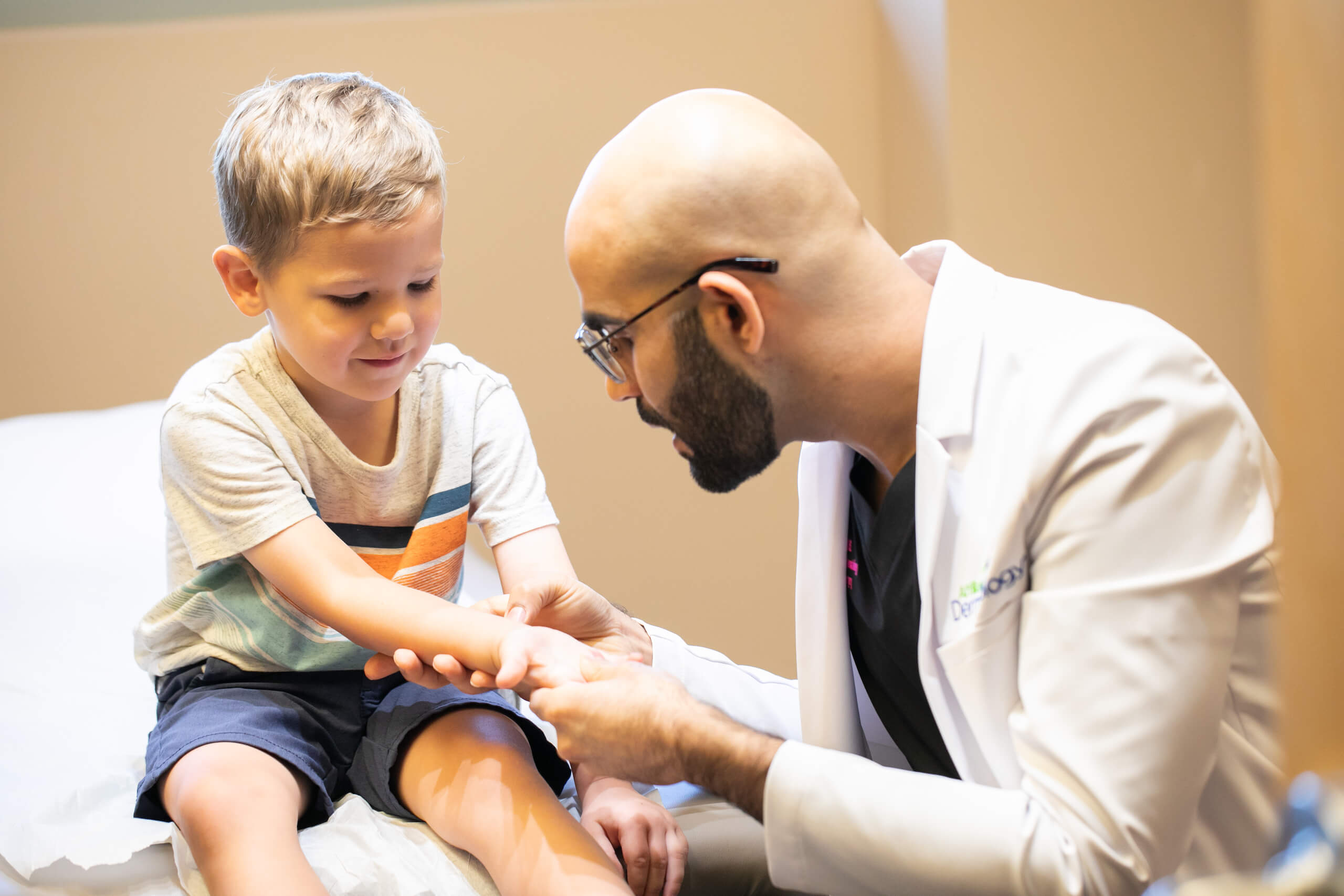Check for the signs of skin cancer to stay proactive about your health.
Comprehending the Duty of Mohs Surgical Procedure in Treating Skin Cancer: A Comprehensive Guide to Dermatology
As skin cancer continues to be a prevalent health concern internationally, ingenious therapy strategies like Mohs surgical treatment are gaining importance in dermatology - hair loss. This medical strategy's precision and high cure rates make it a standout in dealing with specific sorts of skin cancer, especially basal cell and squamous cell carcinomas. The complying with conversation will certainly supply a comprehensive understanding of Mohs surgery, its treatment, and the function it plays in skin cancer treatment, inviting the readers to explore its advantages and post-operative treatment
What Is Skin Cancer Cells: Types and Occurrence

Introducing Mohs Surgery: An In-depth Overview
Offered the worrying increase in skin cancer cases, specifically cancer malignancy, the medical community has actually created different techniques to fight this condition. One such technique is Mohs surgical treatment, named after Frederic E (dermatologist). Mohs, the physician who presented it. This medical technique is developed to eliminate skin cancer layer by layer, checking out each layer for cancer cells till just cancer-free cells remains. Mohs surgery is specifically efficient for treating basal cell carcinoma and squamous cell carcinoma, the most common forms of skin cancer cells. It is renowned for its high treatment rates, often exceeding 98%. Furthermore, the treatment is noteworthy for its precision, as it aims to maintain as much healthy skin as feasible. This makes it an ideal treatment alternative for cancers in cosmetically and functionally critical locations.

The Procedure of Mohs Surgery: Step-by-Step Malfunction
Unquestionably, recognizing the treatment of Mohs surgical procedure can help debunk this powerful weapon in the fight against skin cancer. The process starts with the like this removal of try here visible cancerous tissue. The specialist after that draws out a slim layer of extra tissue and analyzes it under a microscope. This action differentiates Mohs surgical treatment from standard approaches, as it enables for prompt and thorough evaluation of the extracted tissue. If cancer cells are detected, the cosmetic surgeon gets rid of one more layer from the same area and repeats the exam. This cycle continues till say goodbye to cancer cells are found, guaranteeing the complete removal of the illness while maintaining as much healthy and balanced skin as feasible. The injury is then shut and the individual starts the recovery process.
Advantages of Mohs Surgical Procedure Over Standard Techniques
Mohs surgical procedure reduces the threat of significant scarring, a vital factor to consider given additional reading the usually visible place of skin cancers. It provides the advantage of prompt confirmation of full cancer cells removal, reducing client anxiety. While more facility, Mohs surgical treatment is often a more reliable and patient-friendly technique to treating skin cancer cells than typical approaches.

Post-Operative Treatment and Recuperation in Mohs Surgical Treatment
After undertaking Mohs surgery, the subsequent care and healing procedure holds equal relevance to the procedure itself. Post-surgery, the injury might be left open to heal normally, sewed up straight, or covered using skin from one more location of the patient's body. The option relies on the size and location of the eliminated skin cancer - mohs surgery. Discomfort, though usually light, can be taken care of with over the counter anesthetics. Infection avoidance is crucial, so wound care instructions provided by the specialist has to be followed meticulously. Normal follow-up appointments make sure ideal recovery and catch potential signs of cancer recurrence early. With proper care, many clients make a complete healing from Mohs surgical treatment within four to six weeks.
Conclusion
Mohs surgical treatment is a very accurate and effective technique for treating skin cancer, particularly basic cell and squamous cell cancers. With its one-of-a-kind layer-by-layer removal process and prompt microscopic evaluation, it makes sure complete cancer cells eradication while saving healthy skin.